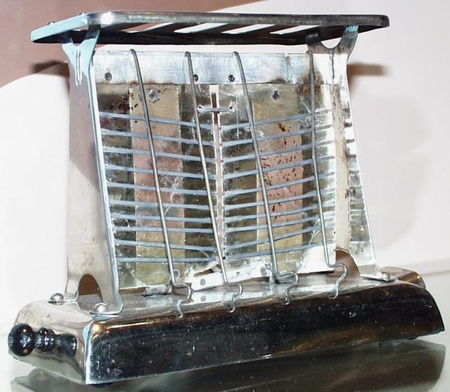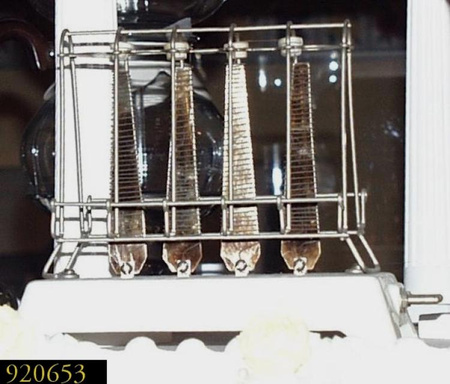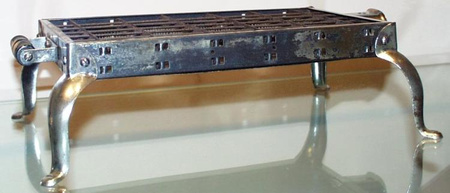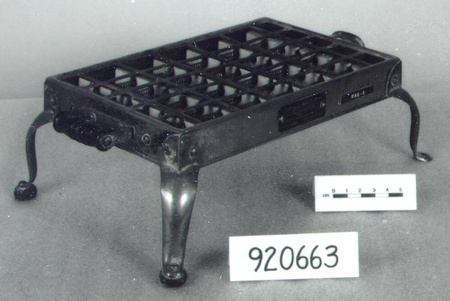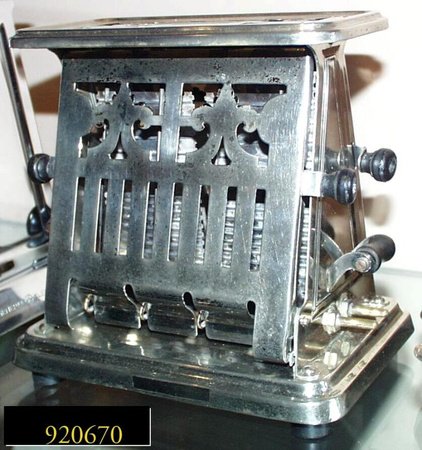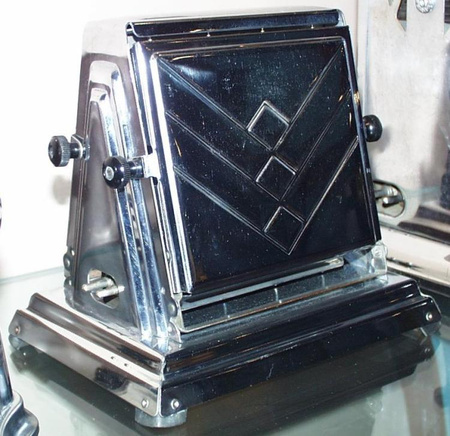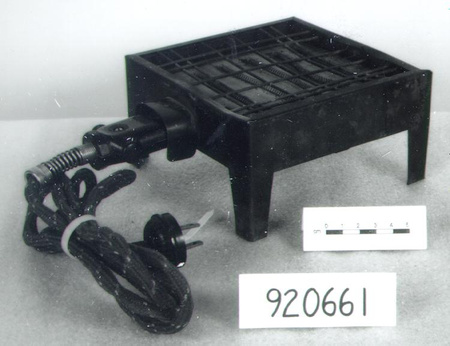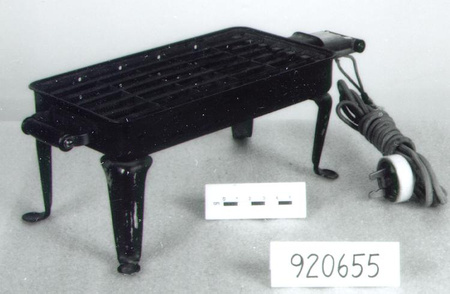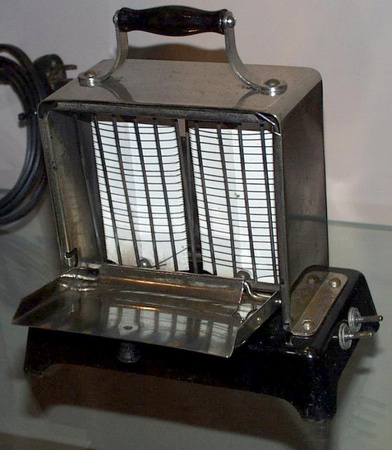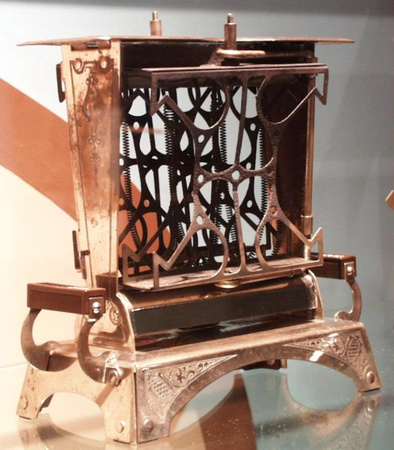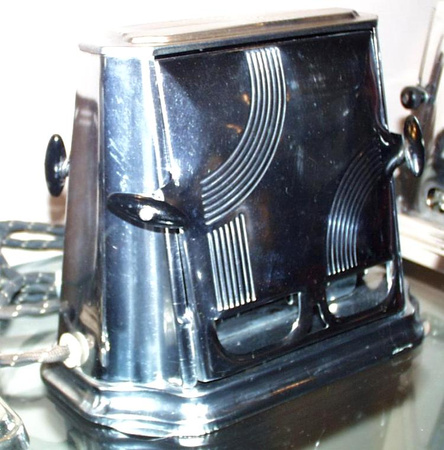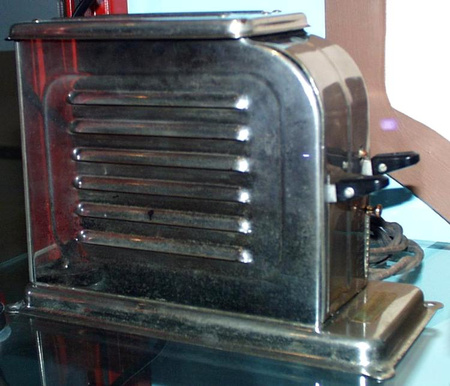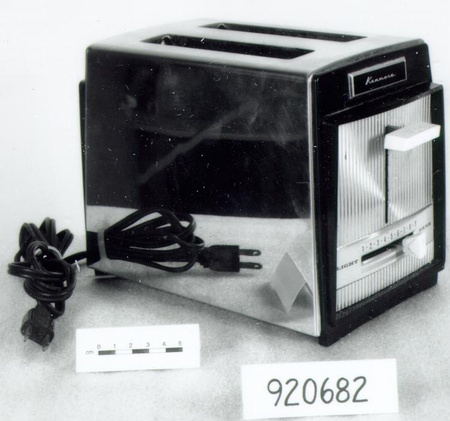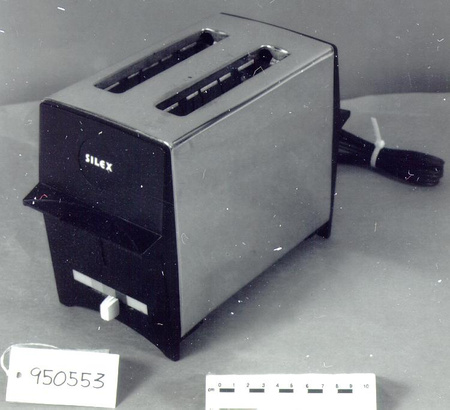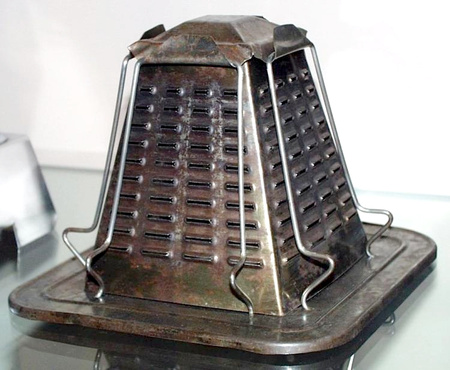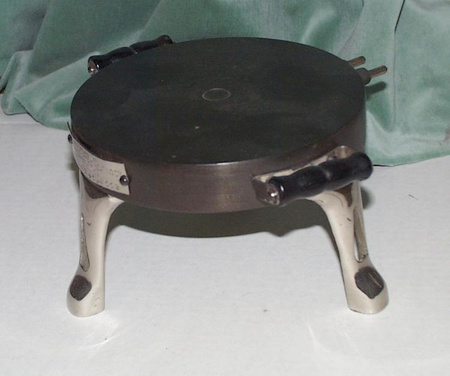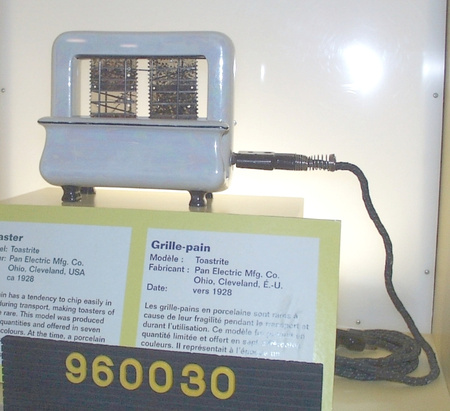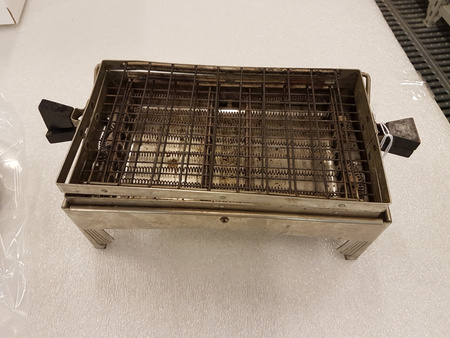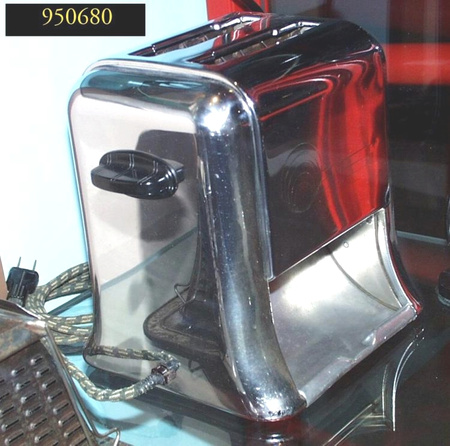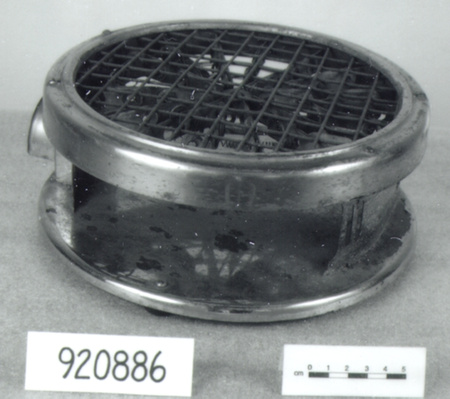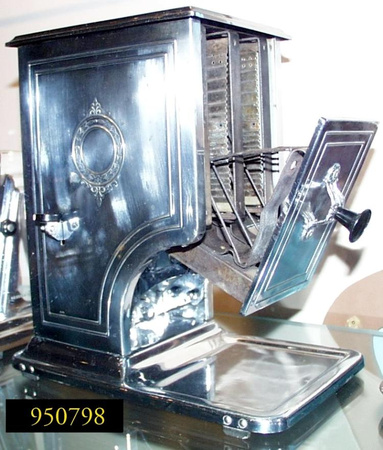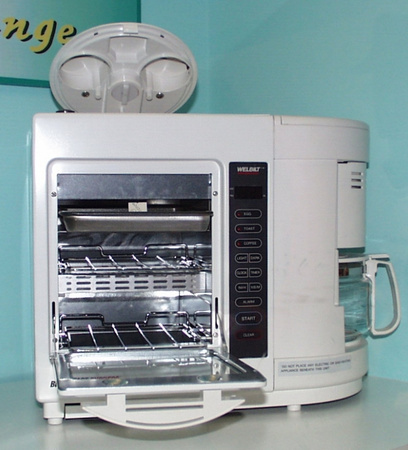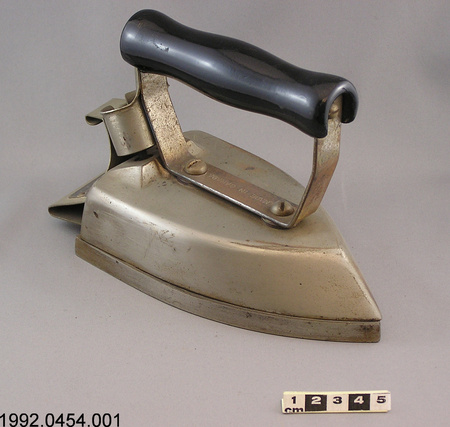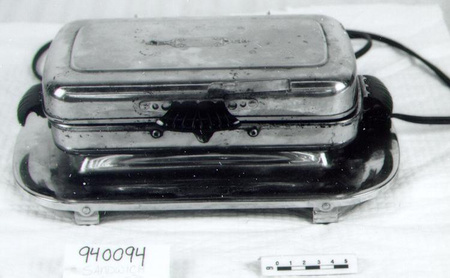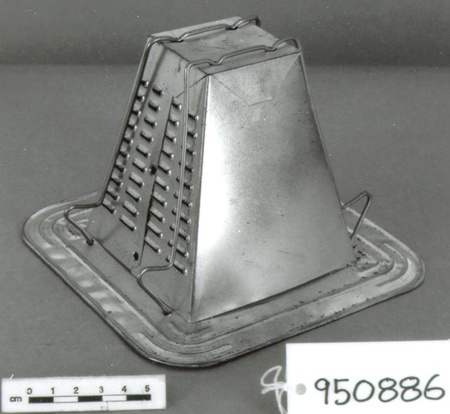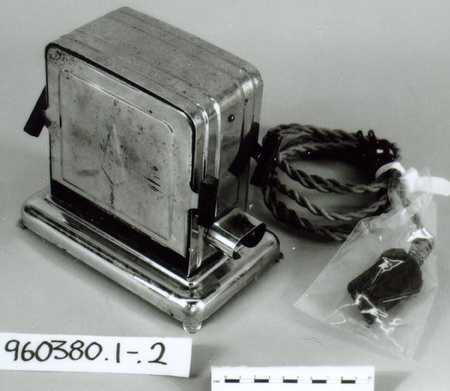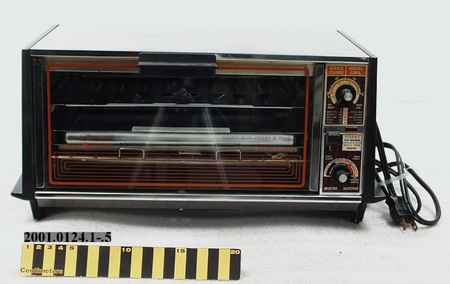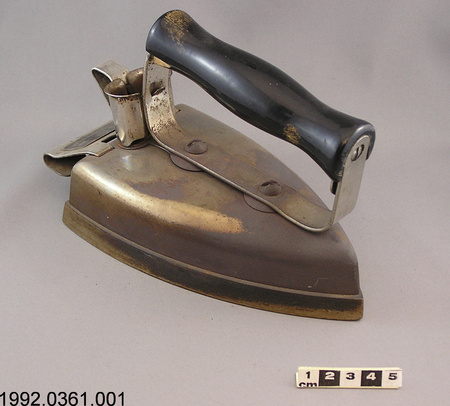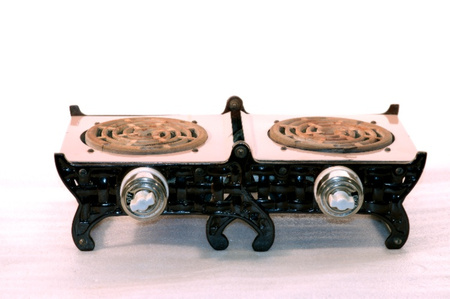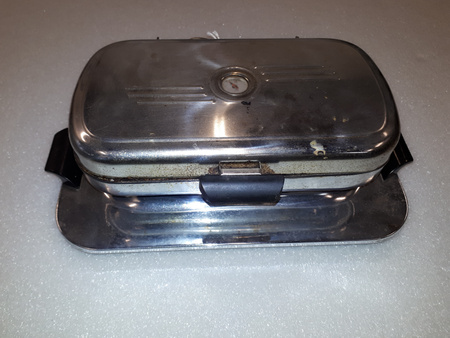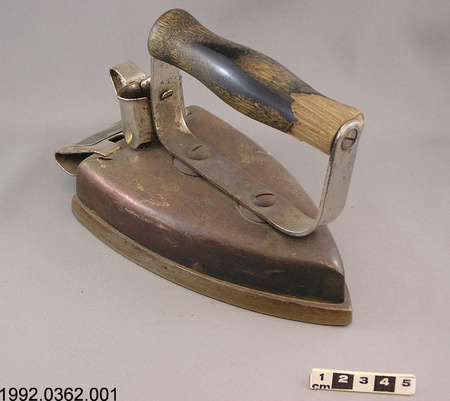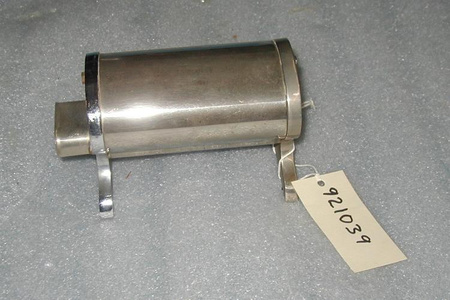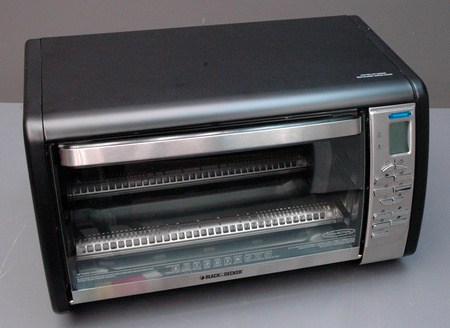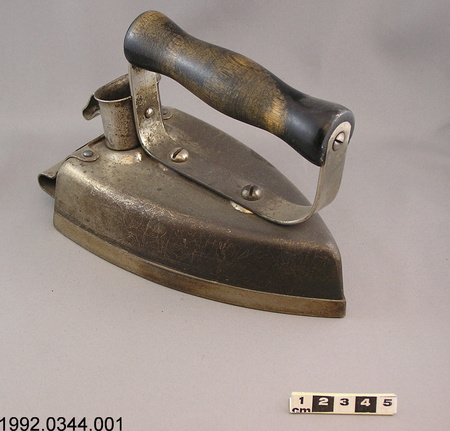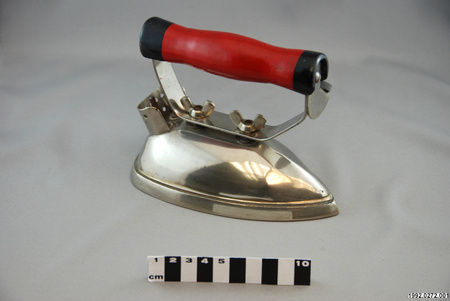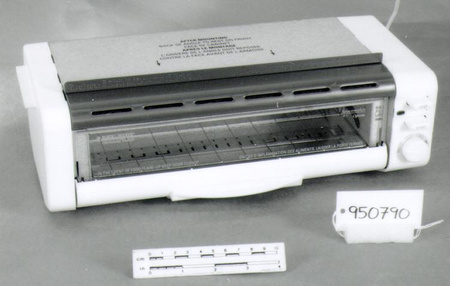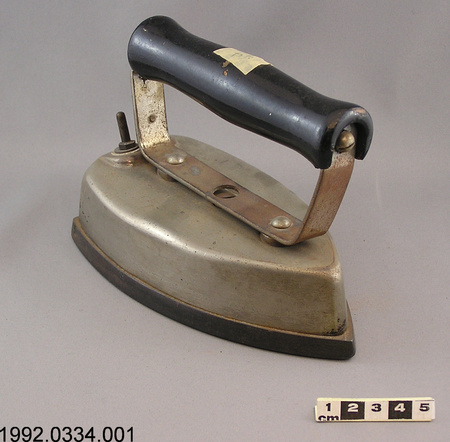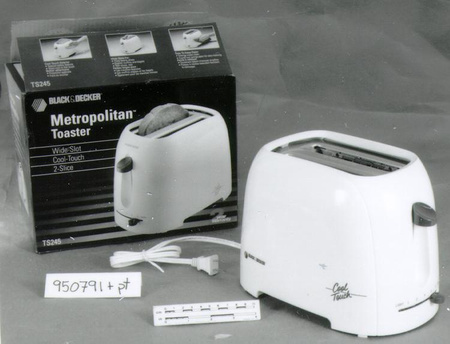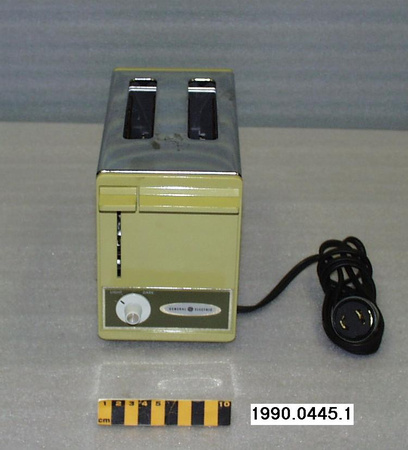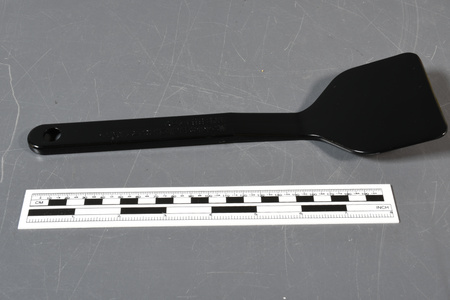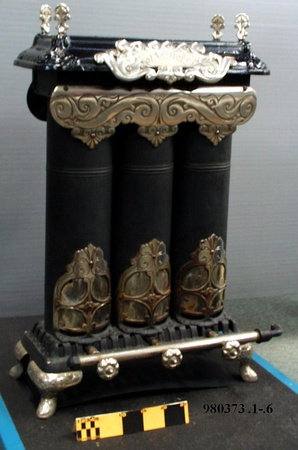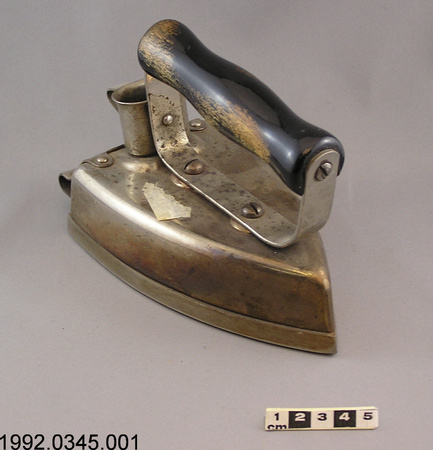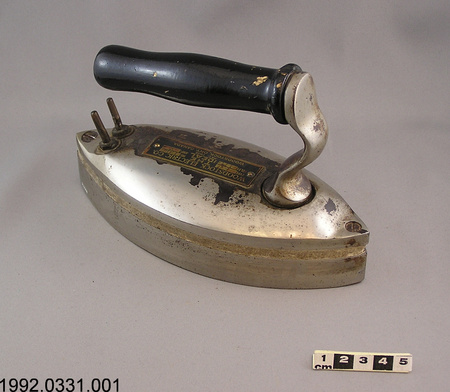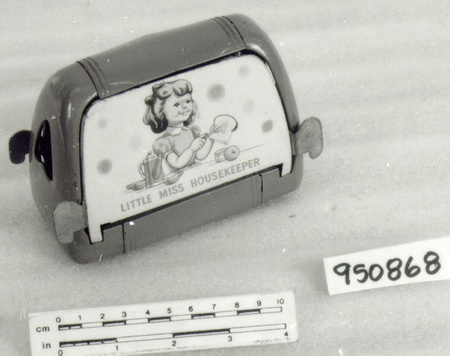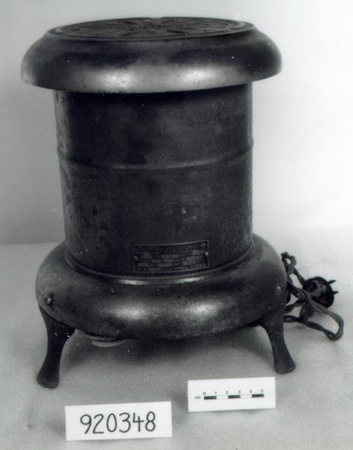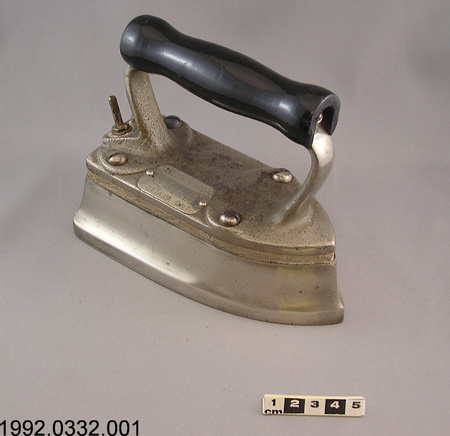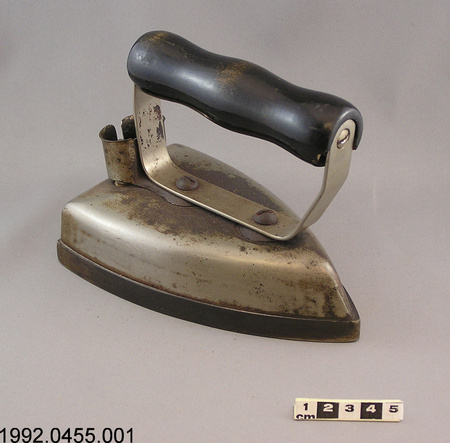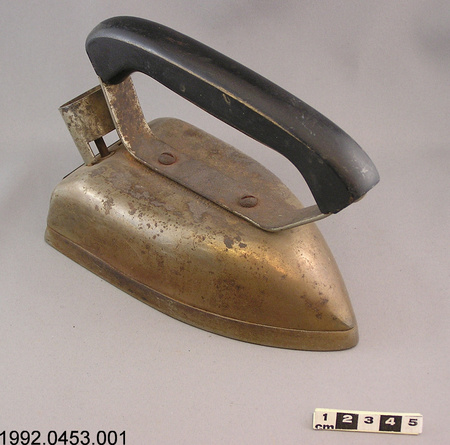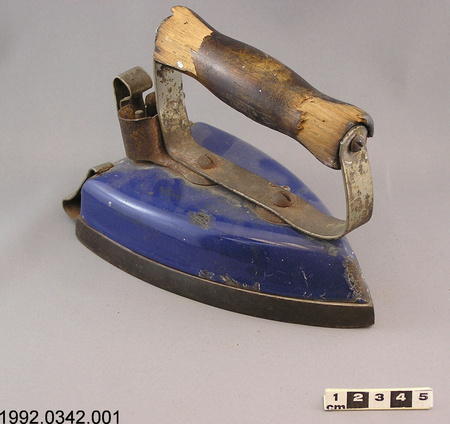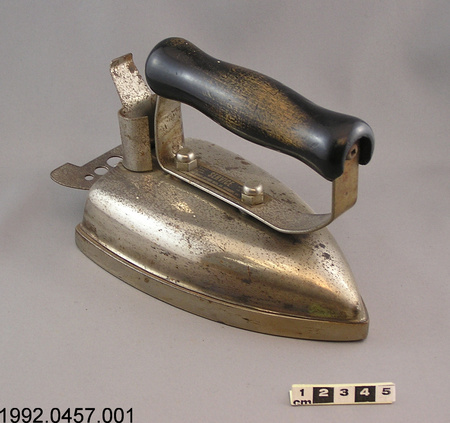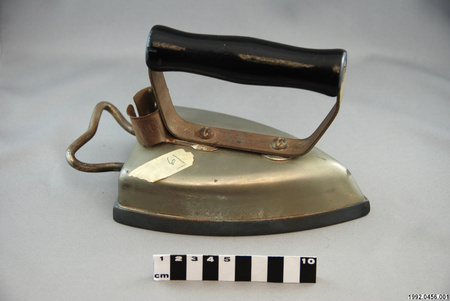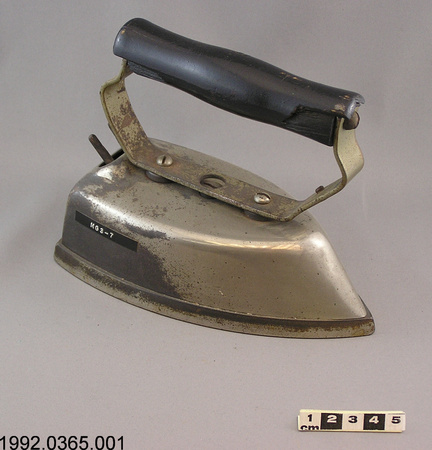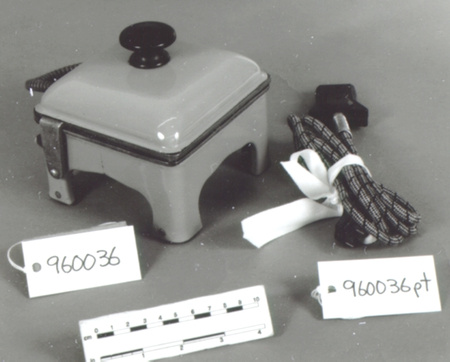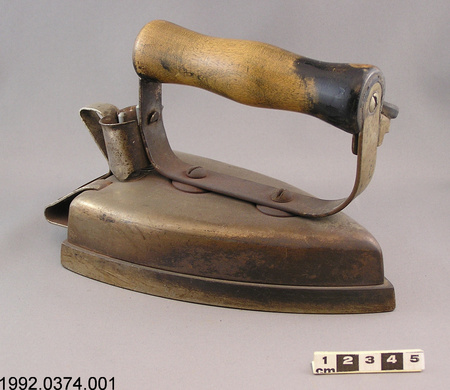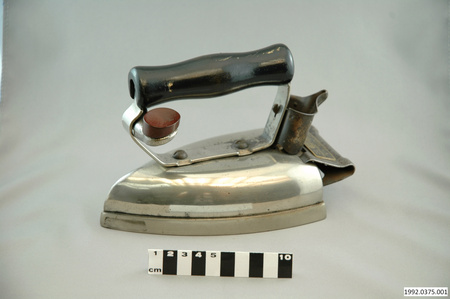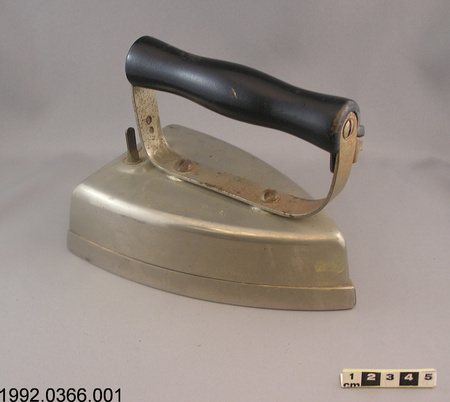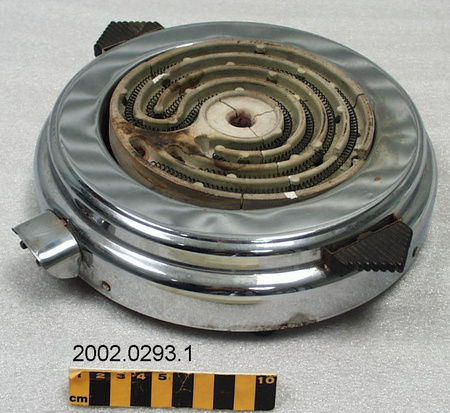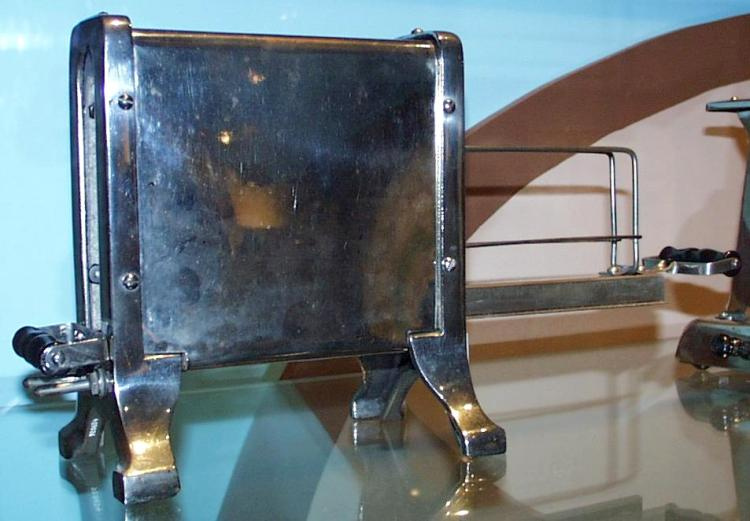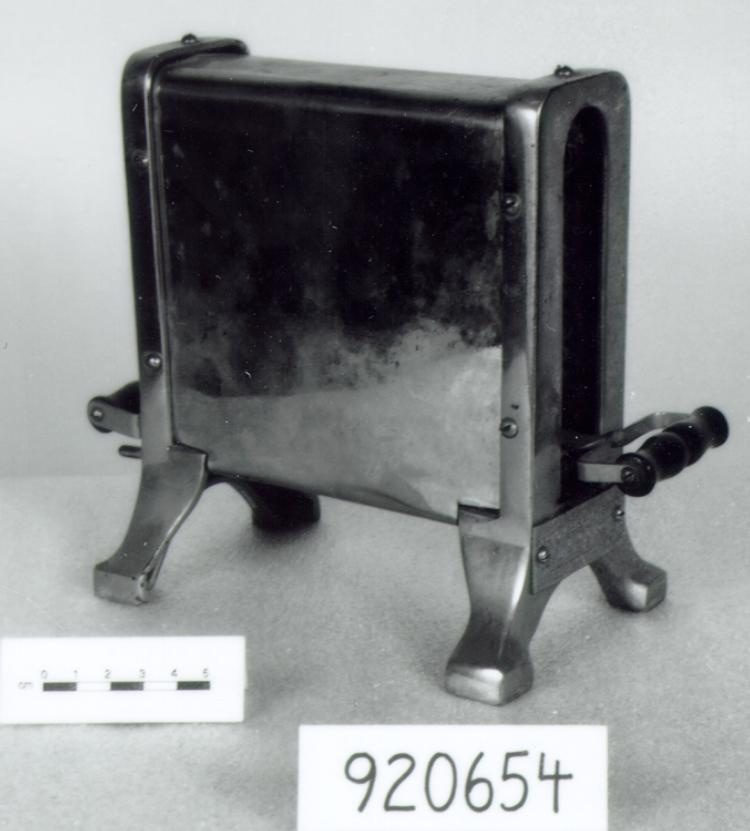Toaster
Use this image
Can I reuse this image without permission? Yes
Object images on the Ingenium Collection’s portal have the following Creative Commons license:
Copyright Ingenium / CC BY-NC-ND (Attribution-NonCommercial 4.0 International (CC BY-NC 4.0)
ATTRIBUTE THIS IMAGE
Ingenium,
1992.0654.001
Permalink:
Ingenium is releasing this image under the Creative Commons licensing framework, and encourages downloading and reuse for non-commercial purposes. Please acknowledge Ingenium and cite the artifact number.
DOWNLOAD IMAGEPURCHASE THIS IMAGE
This image is free for non-commercial use.
For commercial use, please consult our Reproduction Fees and contact us to purchase the image.
- OBJECT TYPE
- ELECTRIC/SLOT
- DATE
- 1911
- ARTIFACT NUMBER
- 1992.0654.001
- MANUFACTURER
- NATIONAL ELECTRIC HEATING CO.
- MODEL
- 747 ?
- LOCATION
- Galt, Ontario, Canada
More Information
General Information
- Serial #
- N/A
- Part Number
- 1
- Total Parts
- 1
- AKA
- N/A
- Patents
- N/A
- General Description
- NICKEL PLATED CAST METAL ENDS/ NICKEL PLATED SHEETMETAL HOUSING/ ELEMENTS ON EITHER SIDE OF INTERIOR MOUNTED ON ASBESTOS COMPOSITION MATERIAL LINING WITH SHEET MICA? LAYER SANDWICHED IN BETWEEN/ ASBESTOS LINING ON BOTTOM/ WOOD HANDLES AT EITHER END (ONE ON PUSH-PULL TOAST RACK, OTHER AFFIXED TO FRAME)
Dimensions
Note: These reflect the general size for storage and are not necessarily representative of the object's true dimensions.
- Length
- 23.0 cm
- Width
- 10.5 cm
- Height
- 19.0 cm
- Thickness
- N/A
- Weight
- N/A
- Diameter
- N/A
- Volume
- N/A
Lexicon
- Group
- Domestic Technology
- Category
- Food processing
- Sub-Category
- N/A
Manufacturer
- AKA
- NATIONAL ELECTRIC
- Country
- Canada
- State/Province
- Ontario
- City
- Galt
Context
- Country
- Unknown
- State/Province
- Unknown
- Period
- Unknown
- Canada
-
Around the time when this Canadian-made toaster was produced, electricity was not yet commonly found within Canadian homes. Toasters and other electrical appliances were typically used in commercial settings, such as restaurants. Electrification of homes started initially through the introduction of lighting, leading to the development of some toaster cords that plugged into lightbulb sockets (Ref.1). In 1917, the two-prong system for electrical plugs was established and standardized across North America (Ref.1), and by the 1920s it became more affordable to bring electricity into the home. Between 1941-1951, the percentage of homes with electricity increased significantly, from 69.1% of homes, to 87.8%, with higher percentages in urban regions of the country (Ref. 2). To encourage further use of electricity in homes during low-peak hours, electric companies in Canada began to encourage use of electrical appliances. These companies targeted women in their marketing, promoting the benefits of appliances to reduce workload in the kitchen. Showrooms were set up across Canada by various electric manufacturers, inviting women to view various electrical appliances (Ref.1). As Canadians were introduced to the benefits of electricity in the kitchen, there was initially higher uptake of small electric appliances, such as toasters and irons, than the larger appliances. Between 1952-1960, the total number of toasters that were manufactured in Canada increased from 198,200 to 278,567 toasters total, or a total value of $1.2 million to $2.6 million (Ref.3). By 1931, 40% of homes across Canada owned a toaster (Ref.2). - Function
-
To toast bread on both sides. A sliding platform holds the bread and is operated manually, sliding into the toaster to be toasted, and sliding out of the toaster when it is ready. - Technical
-
The design of the toaster is functional in nature, using pieces of bent metal that are screwed together to form a sturdy frame to house the internal components. Unlike most toasters of this time, this toaster is unique in that it allows for toasting both sides of bread simultaneously. A wire is wrapped around mica sheets to create a heating element for the toast, an approach that is used in the design of toaster components to this day. The toaster requires that the user attends to the appliance in order to remove the toast when it is ready. Due to human error however, this often led to burnt toast. This design flaw eventually led to the development of the pop-up toaster in 1919 (Ref.4). - Area Notes
-
Unknown
Details
- Markings
- INCISED LETTERS ON RECTANGULAR MFR'S PLATE AT BOTTOM SIDE READ: 'MANUFACTURED BY/ THE NATIONAL ELECTRIC HEATING Co/ GALT, ONT., CAN./ VOLTS 110. AMPS. 6. No 747/ PATENTED OCT. 4, 1910'
- Missing
- ELECTRICAL CORD From CA of 04/19/1994 by Tony Missio: Yes - no cord
- Finish
- ENDS, HOUSING & MFR'S PLATE METAL WITH POLISHED NICKEL FINISH/ TOAST RACK METAL WITH PLATED NICKEL FINISH/ HANDLES WOOD ENAMELLED BLACK
- Decoration
- TURNED HANDLES AT EITHER END OF TOASTER
CITE THIS OBJECT
If you choose to share our information about this collection object, please cite:
NATIONAL ELECTRIC HEATING CO., Toaster, circa 1911, Artifact no. 1992.0654, Ingenium – Canada’s Museums of Science and Innovation, http://collection.ingenium.ca/en/id/1992.0654.001/
FEEDBACK
Submit a question or comment about this artifact.
More Like This

